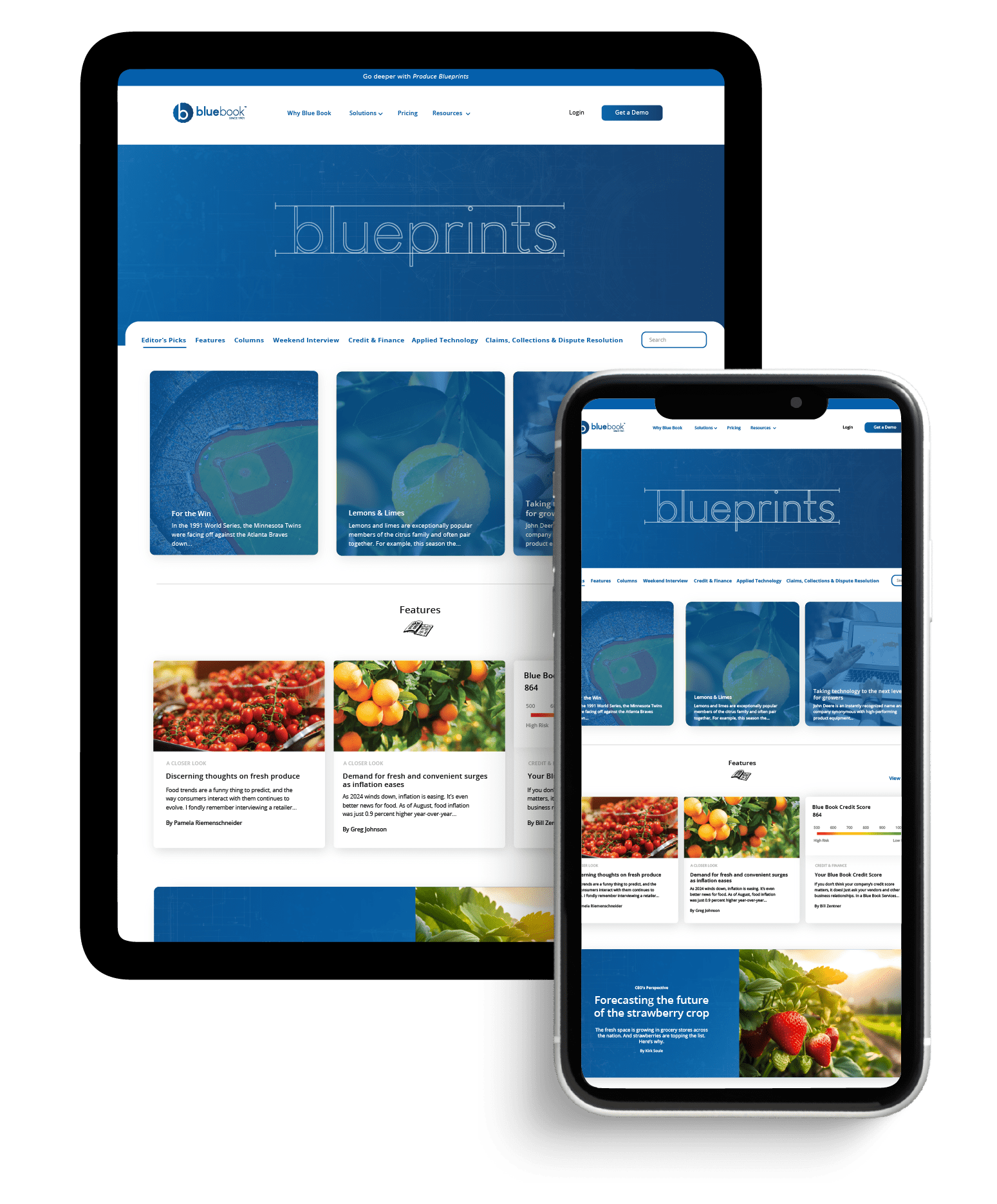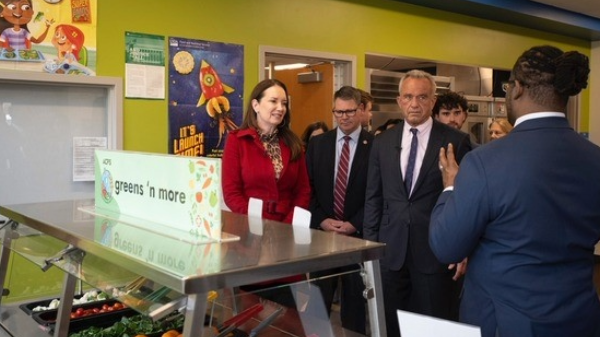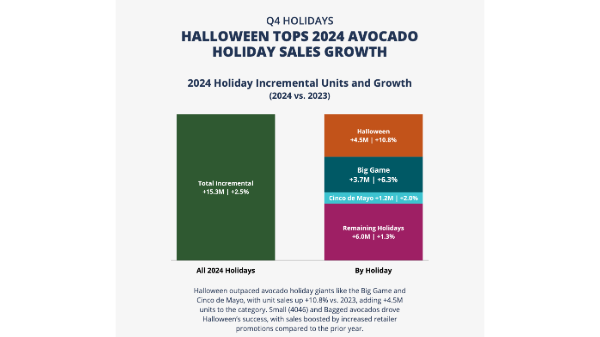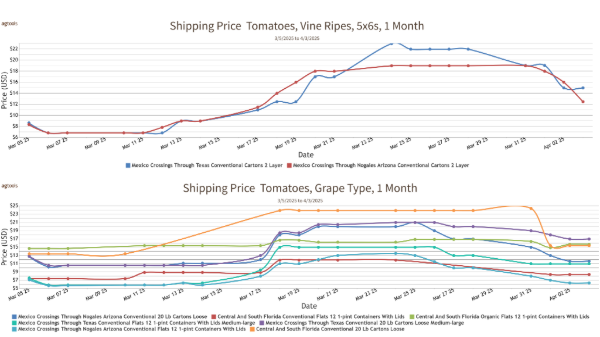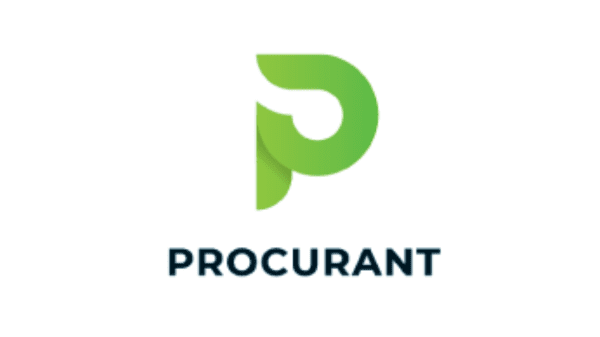Welcome to Blue Book!
Are you ready to join the thousands of companies who rely on Blue Book to drive smarter decisions? View our plans and get started today!
Still have questions? We’d love to show you what Blue Book can do for you. Drop us a line– we’ve been waiting for you.
A number of merchants are represented at both; and though the two markets are competitors, they work together to supply the entire eastern region of the United States, and portions of Canada, with a wide array of fresh foods. Merchants know that whenever there is a shortage of a particular commodity at one market, they can try to source from their sibling market to help fill the void.
The NEPC is just over forty years old and houses about 31 vendors who deal in mainstream fruits and vegetables as well as a large number of specialty and niche products. Anthony Sharrino, president of Eaton & Eustis Company, is thankful for the steady flow of business, as there are buyers at the market every day—no matter what the weather or economy may be throwing at them at the time.
Commodity Trends
Ken Cavallaro, treasurer and director of John Cerasuolo Company, Inc., also weighed in on the benefits of the NEPC’s expansive offerings after three years at the market. Among his bestsellers are vegetable staples (domestic and imports from Mexico), including peppers, cucumbers, eggplant, squash, and green beans—each with relatively steady sales year to year. “You get a regular flow of trade, walk-ins as opposed to just conducting business over the phone.”
And while there will always be phone orders, it simply doesn’t compare to walking the market and experiencing the sheer volume of fruit and vegetables available. Buyers view, examine, and taste from rows and cartons of commodities—which, of course, is the chief advantage of not only Boston’s but the nation’s terminal markets. Though these establishments have long been the domain of wholesalers selling to retailers, restaurants, and foodservice companies, more terminal markets, like the NEPC, have been opening their doors to the general public as well.
Travers Fruit Company, Inc. sells at the NEPC and has experienced a huge uptick in demand for tropical fruits and Asian vegetables over the last several years. Arnold Amidon, in sales, says as long as the product is of good quality, it’s out the door. Among Travers Fruit Company’s top selling Asian commodities are Chinese bitter melon, Thai eggplant, and both long and ‘fuzzy’ squash. The latter, so called because of its tiny white hairs, is not really squash at all and is related to winter melons, but has become increasingly popular.
Amidon noticed a few newer commodities such as jackfruit (with edible pulp and seeds) and Thai bananas (smaller than traditional, most often sliced and fried in restaurants) have also been selling well at the market. This is backed up by recent figures from the Agricultural Marketing Resource Center’s website, citing sales of ethnic foods, including fresh fruit and vegetables, will reach $2.7 billion by 2015.


